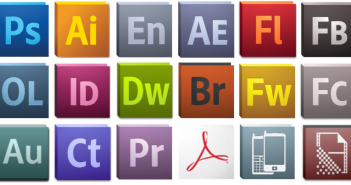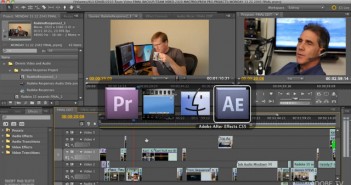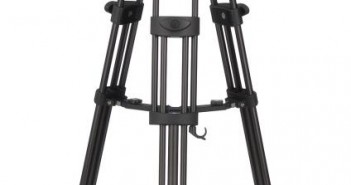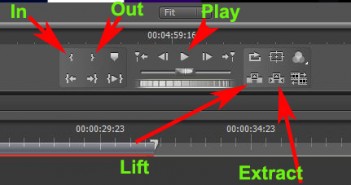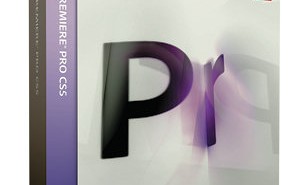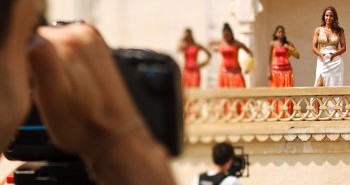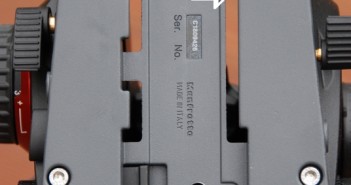
The three levers, tilt, pan and slide plate lock, all have 6-position spring loaded lever arms allowing easy re–positioning at 60º intervals, although the latter two are not retained, so can easily be wound clean off the head. They all look readily replaceable in the event they take a fatal smack.
I have read somewhere that there is an issue with the slide plate lock lever swinging above the head plate and thus not allowing a “hippy” camera system to lock, or only with difficulty. As that lever only requires a 90º swing from full lock to off, and vice versa, and the lever arm is repositionable in 60º increments, if you can’t configure the lever arm not to swing above the head plate, you simply haven’t grasped how these levers work. This is a non-issue, and it’s simply not true.

